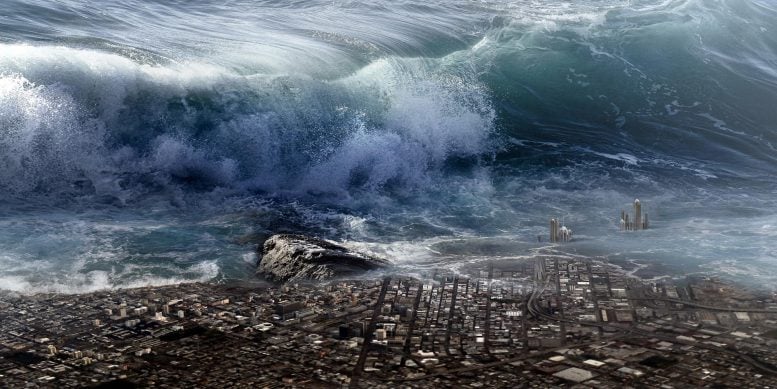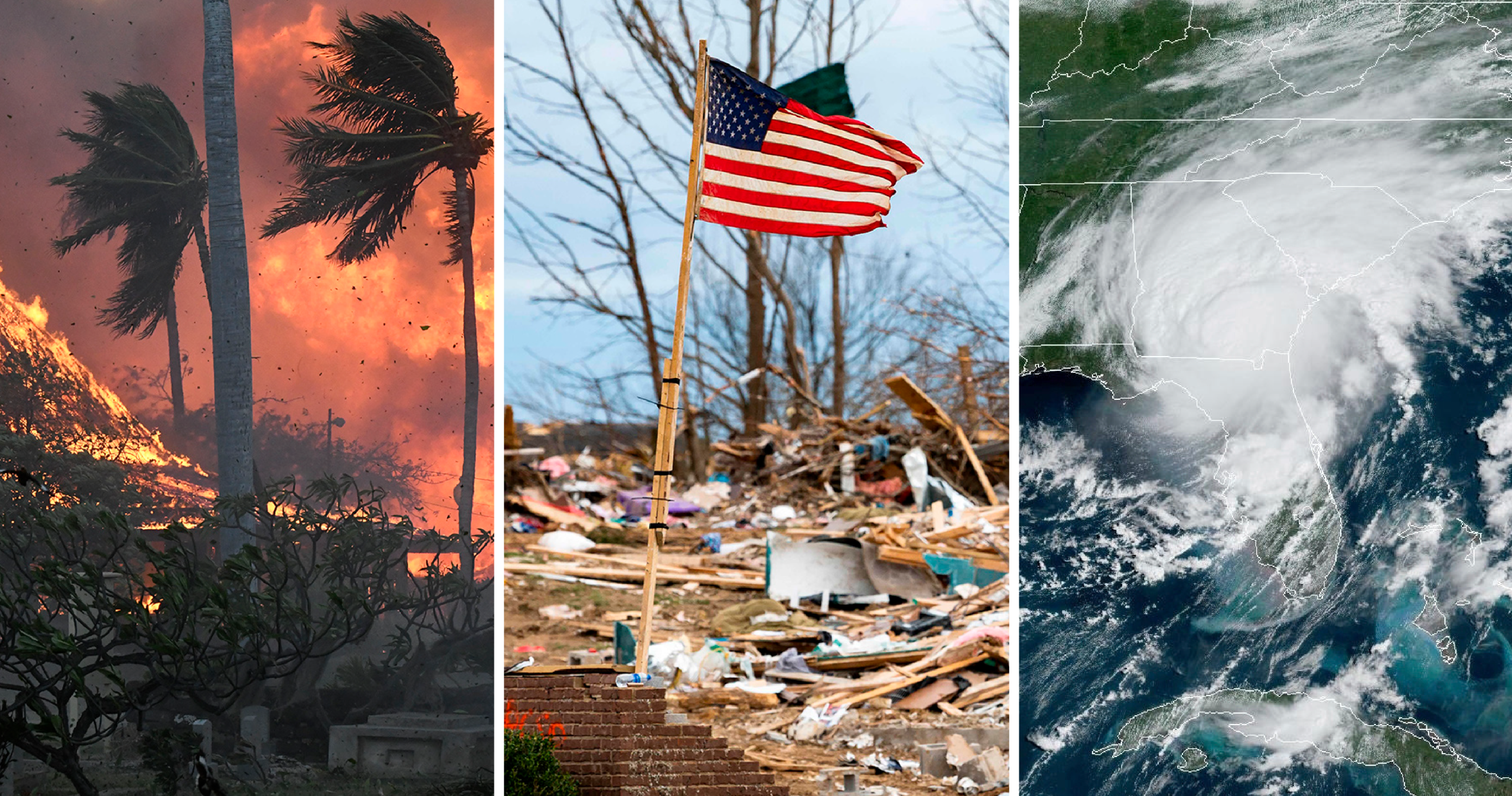Tsunamis – the very word conjures images of towering waves swallowing entire coastlines. While many associate these oceanic monsters with Japan or Indonesia, the U.S. West Coast is not immune to such devastation. Could a massive tsunami strike California, Oregon, or Washington? And if so, how prepared are we?
This article dives deep into the geological forces behind tsunamis, historical events, potential threats, and how communities can prepare for the next big wave.
🌍 What Causes Tsunamis?
A tsunami isn’t just a big wave—it’s a series of waves caused by underwater disturbances. These disturbances could be:
🌌 Earthquakes: The most common trigger. When tectonic plates shift violently, they displace enormous volumes of water, sending waves racing toward shorelines.
🌫️ Landslides: Coastal or underwater landslides can push water rapidly, generating tsunamis.
🌪 Volcanic Eruptions: Explosive eruptions (like the Tonga eruption in 2022) can displace ocean water, creating waves.
💨 Meteorite Impacts: Though rare, an asteroid crashing into the ocean would create a catastrophic tsunami.
For the U.S. West Coast, earthquakes and landslides are the biggest concerns. But where exactly do these threats come from?
🏰 The Cascadia Subduction Zone: A Sleeping Giant
Hidden beneath the Pacific Ocean, off the coasts of Northern California, Oregon, and Washington, lies the Cascadia Subduction Zone (CSZ)—a 700-mile-long megathrust fault where the Juan de Fuca plate is slowly sliding beneath the North American plate.
Seismologists warn that this fault is capable of producing a magnitude 9+ earthquake, similar to the 2011 Japan tsunami disaster.
💡 The last major CSZ earthquake occurred in 1700, triggering a massive tsunami that hit Japan. Scientists believe we are overdue for another big one.
If such a quake were to happen today, the resulting tsunami could strike coastal cities in as little as 15-30 minutes, leaving little time for evacuation.
📝 Historical Tsunamis That Have Hit the U.S. West Coast
Tsunamis are not just a future possibility—they’ve already struck before. https://www.tsunami.gov/ Some key historical events include:
1. The 1964 Alaska Earthquake & Tsunami
🎥 What happened? A magnitude 9.2 earthquake off the coast of Alaska generated a massive tsunami.
🌆 Impact: The tsunami reached Crescent City, California, killing 12 people and destroying most of the town’s waterfront.
2. The 2011 Japan Tsunami (Impact on the U.S.)
🎥 What happened? A magnitude 9.1 earthquake off Japan’s coast sent tsunami waves across the Pacific.
🌆 Impact: Oregon and California saw millions of dollars in damage to harbors and boats.
These events serve as reminders that the U.S. West Coast is vulnerable.
🚨 What Would Happen If a Major Tsunami Struck Today?

If the Cascadia Subduction Zone ruptures tomorrow, here’s what experts predict:
🕳 Cities Most at Risk: Crescent City, Coos Bay, Seaside, Newport, and parts of Seattle.
👁 Tsunami Arrival Time: 15-30 minutes after the quake—not much time to evacuate.
💀 Potential Death Toll: Thousands could perish without adequate warning systems and evacuation plans.
🏡 Infrastructure Damage: Coastal highways, bridges, and buildings could be washed away.
Preparedness is crucial to reducing these risks.
🛠 How to Prepare for a Tsunami
While we can’t stop tsunamis, we can minimize their impact through early warning systems, proper planning, and community preparedness.
1. Early Warning Systems
🎢 The Pacific Tsunami Warning Center (PTWC) monitors seismic activity and issues alerts.
🔔 Many coastal towns have tsunami sirens—if you hear one, head to high ground immediately!
2. Evacuation Plans
🛏 Coastal communities should have clearly marked evacuation routes.
🛡 Families should practice tsunami drills and identify safe meeting points.
3. Building Smarter
🏢 Elevated buildings and sea walls can help protect against waves.
🏰 Maintaining natural barriers like sand dunes and wetlands can reduce tsunami force.
4. Emergency Kits
💪 Have a “go bag” with food, water, and first-aid supplies.
📱 A battery-powered radio can help receive emergency updates.
By taking these proactive steps, we can save lives and reduce tsunami devastation.
🌊 Final Thoughts: Are We Ready for the Next Big Wave?
A tsunami striking the U.S. West Coast is not a question of if, but when. With the Cascadia Subduction Zone primed for a major earthquake, the risk is real and should not be ignored.
Key Takeaways:
✔ The Cascadia Subduction Zone could generate a magnitude 9+ earthquake and tsunami. ✔ Past tsunamis have already impacted California, Oregon, and Washington. ✔ Early warning systems, evacuation plans, and preparedness can save lives. ✔ Coastal cities must invest in stronger infrastructure to withstand future tsunamis.
By staying informed and prepared, we can ensure that when the next big wave comes, our communities are ready to stand strong and survive.
🌐 Do you live in a tsunami-prone area? What steps have you taken to prepare? Let us know in the comments!
Why Are Sinkholes So Common in Florida? The Geology Behind Sudden Collapses – GIS Valley


